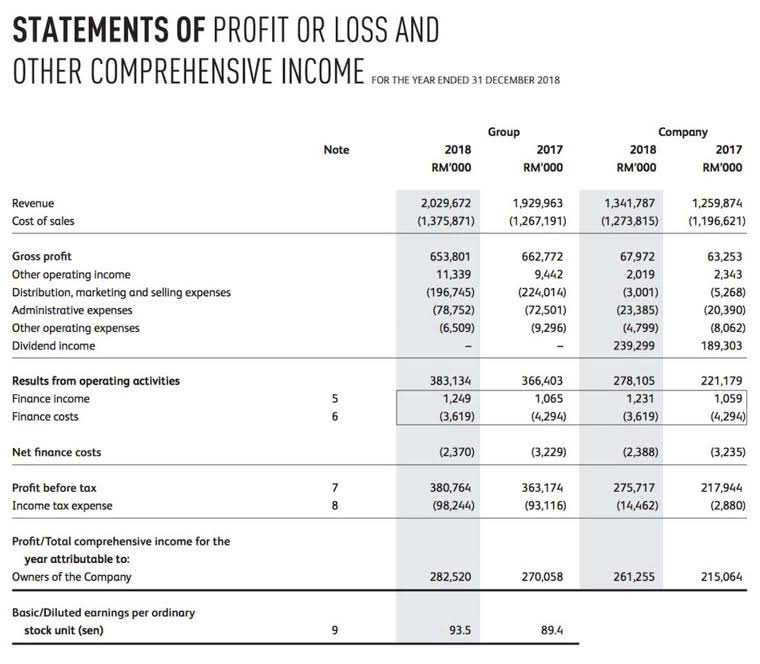
In the entry above, we are actually transferring $4,000 from the asset to the expense account (i.e., from Prepaid Insurance to Insurance Expense). A depreciable asset is a manufactured asset such as a building, machine, vehicle, or piece of equipment that provides service to a business. In time, these assets lose their utility because of (1) wear and tear from use or (2) obsolescence due to technological change. Since companies gradually use up these assets over time, they record depreciation expense on them. Long-lived assets like buildings and equipment will provide productive benefits to a number of periods.

Therefore, correct financial statements can be prepared directly from the adjusted trial balance. The next chapter provides a detailed look at the adjusted trial balance. Let’s assume that a review of the accounts receivables indicates that approximately $600 of the receivables will not be collectible. This means that the balance in Allowance for Doubtful Accounts should be reported as a $600 credit balance instead of the preliminary balance of $0. The two accounts involved will be the balance sheet account Allowance for Doubtful Accounts and the income statement account Bad Debts Expense. Unexpired or prepaid expenses are the expenses for which payments have been made, but full benefits or services have yet to be received during that period.
Do you already work with a financial advisor?
This is posted to the Depreciation Expense–Equipment T-account on the debit side (left side). This is posted to the Accumulated Depreciation–Equipment T-account on the credit side (right side). To assist you in understanding adjusting journal entries, double entry, and debits and credits, each example of an adjusting entry will be illustrated with a T-account.

At the end of each month, an adjusting entry of $400 will be recorded to debit Insurance Expense and credit Prepaid Insurance. To determine if the balance in this account is accurate the accountant might review the detailed listing of customers who have not paid their invoices for goods or services. Let’s assume the review indicates that the preliminary balance in Accounts Receivable of $4,600 is accurate as far as the amounts that have been billed and not yet paid.
Accruing for Operating Expenses
Commercial Coverage Everything businesses need to protect themselves, their assets, and their people. Explain when to use allowance for doubtful accounts and bad debt expense. Mention the reasons why a negative cash balance is reported as a liability. Explain why writing off an account does not affect accounts receivable. Explain why there is a credit balance in the allowance for a doubtful account. (Figure)Prepare journal entries to record the following transactions.
The income statement approach does have an advantage if the entire prepaid item or unearned revenue is fully consumed or earned by the end of an accounting period. No adjusting entry would be needed because the expense or revenue was fully recorded at the date of the original transaction. Accounting for unearned revenue can also follow a balance sheet or income statement approach.
Prepaid Expenses: Explanation
We will be moving items that have already been record in our books. The deferred items we will discuss are unearned revenue and prepaid expenses. Unearned revenues are money received before work has been performed and is recorded as a liability. Prepaid expenses are expenses the company pays for in advance and are assets including things like rent, insurance, supplies, inventory, and other assets. As the amount of prepaid insurance expires, the expired portion is moved from the current asset account Prepaid Insurance to the income statement account Insurance Expense. This is usually done at the end of each accounting period through an adjusting entry.
The prepaid insurance expense account under the current assets in the balance sheet will still show the amount of $16,000. In each of the successive months, equal parts insurance will continue prepaid insurance adjusting entry to be credited from the prepaid insurance account. However, if in case the company pays for more than a year, then the prepaid expense will no longer be a part of the current asset.
Are prepaid expenses assets or liabilities?
By the end of the month some of the insurance expired, so you reduced the value of this asset to reflect what you actually had on hand at the end of the month ($1,100). To transfer what expired, Insurance Expense was debited for the amount used and Prepaid Insurance was credited to reduce the asset by the same amount. Any remaining balance in the Prepaid Insurance account is what you have left to use in the future; it continues to be an asset since it is still available. When the company makes an advance payment for insurance, it can make prepaid insurance journal entry by debiting prepaid insurance account and crediting cash account. Any time that you perform a service and have not been able to invoice your customer, you will need to record the amount of the revenue earned as accrued revenue. He bills his clients for a month of services at the beginning of the following month.
- Note that Insurance Expense and Prepaid Insurance accounts have identical balances at December 31 under either approach.
- This is due to one asset increases $1,200 and another asset decreases $1,200.
- Unearned revenue is reported as a liability, reflecting the company’s obligation to deliver product in the future.
- During the month you will use some of this insurance, but you will wait until the end of the month to account for what has expired.
- The $600 is added to the previous $9,500 balance in the account to get a new final credit balance of $10,100.
- You prepaid a one-year insurance policy during the month and initially recorded it as an asset because it would last for more than one month.




